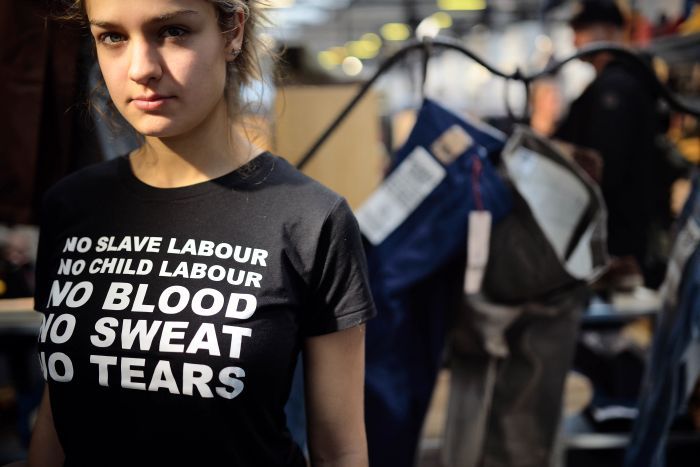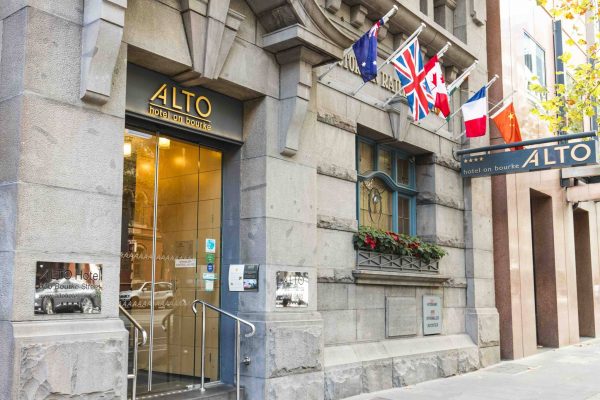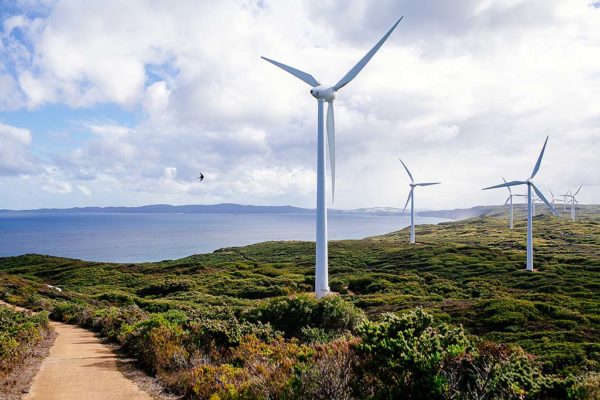Ethical Fashion Explained + Why It’s Different From Sustainable Fashion
ethical fashion vs sustainable fashion
The Green Hub
The increased spotlight on the ethical and sustainable fashion industry means more major fashion brands are beginning to release transparency reports, appoint sustainability directors, and position themselves in the highly desired ‘ethical fashion’ and ‘sustainable fashion’ niche.
According to research by Common Objective, Google searches for “sustainable fashion” have grown 46% and “ethical fashion” by 25% in the past six years.
Image via Trusted Clothes

While it’s excellent news for movement, these umbrella terms are used interchangeably. Consumers are more susceptible to the serious issue of greenwashing when the differences are not clearly explained and understood by consumers.
So what exactly is ethical fashion?
The overarching definition: Ethical fashion is about designing and manufacturing clothes in a way that cares for people and communities while minimising the impact on the environment.
In a perfect world, a brand would consider human rights, animal welfare, and environmental impact at every stage of the design process and supply chain. But that’s not always the case.
Let’s break down the differences.
Ethical fashion, for the most part, encompasses the entire production process from cotton seed to the finished garment, focusing on the fair treatment of the people at every stage along the supply chain.
Brands that fall under the ethical fashion umbrella recognise and respect everyone involved in turning raw materials into wearable clothes hanging in your wardrobe. They ensure individuals are paid fairly for their skills, work in safe environments, and are appreciated for their talents as human beings rather than just another cog in the system.
It’s a common myth that ethical fashion only describes how humans are treated in making a garment. Although this is primarily what it refers to, it is also a moral concern whether you use animal products to create a piece of clothing.
“To portray who we want to be and how we carry ourselves; our attitude and collective path. Our man-made constructed environments are disconnected and unaware of other life and the planet which is why there is waste.” – Stella MacCartney
People’s values also determine ethics, so what’s ethical for me may not be the same for you.
Sustainable fashion
Sustainable fashion primarily focuses on the environmental concerns of the garment industry.
Sustainable fashion asks the question: Can we keep producing fashion while leaving a lighter neutral footprint on the planet? A sustainable and environmentally responsible fashion brand considers its design process and tries to have minimal or no waste. They consider their fabrics, threads, buttons, zippers, and where they’re sourced from. They look at energy reduction, recycling, recyclable or compostable swing tags, and packaging. The best sustainable fashion brands are now working on circularity in the supply chain and the end-of-life processes of a garment once we’re done wearing it.
“Sustainable fashion can be defined as clothing, shoes and , accessories that are manufactured, marketed and used in the most sustainable manner possible, taking into account both environmental and socio-economic aspects. In practice, this implies continuous work to improve all stages of the product’s life cycle, from design, raw material production, manufacturing, transport, storage, marketing and final sale, to use, reuse, repair, remake and recycling of the product and its components.” – Green Strategy
While a fashion brand can be more sustainable, there is no such thing as 100% sustainable fashion.
Ethical vs Sustainable
Different brands approach responsible production in different ways. It’s important to note that ethically made is not always environmentally sustainable and sustainably made is not always ethical.
A fashion brand can be ethical when it comes to human rights but not sustainable with its fabrics and environmental practices. A brand can also be sustainable and completely disregard human rights. And if you throw in the ethics of animal rights, then you have a whole other issue to consider.
Navigating the current ethical fashion space is difficult, and that’s an understatement
Is it best to buy a garment made by people paid a living wage, or should I pick this sustainable hemp skirt instead of unknown origins? Should you boycott a company who have ethically accredited its first and second-tier suppliers but they have no clue who made its zippers?
Do you buy that vegan ‘leather’ handbag knowing no animals suffered for it, but in the likelihood that it was made in a sweatshop using toxic dyes and polyurethane (PU) that won’t biodegrade anytime soon and can’t be recycled?
The solution?
Fashion is complex, and when you throw ethics and sustainability into the mix, it’s even more difficult to wade through, even for those of us deep in the movement! There is no right or wrong answer, and although I wish I could tell you exactly what to buy, it’s all up to you to decide where your values lie.
The good news is the future of fashion is becoming more positive every day, as the terms ethical fashion and sustainable fashion increase in popularity, and we begin to understand what they mean to us, the consumers.
Hopefully, one day, the term ethical fashion will not exist. It will be the norm rather than the niche, then this conversation will be over. Our clothes will be made fairly, animal welfare and the planet will always be considered, and we’ll accept fashion as fashion.
In the meantime, although you may not be able to control what goes on behind the scenes of a fashion company, you CAN continue to hunt down the truth behind who made your clothes, what they are made with, and how their production affects people and the planet.


